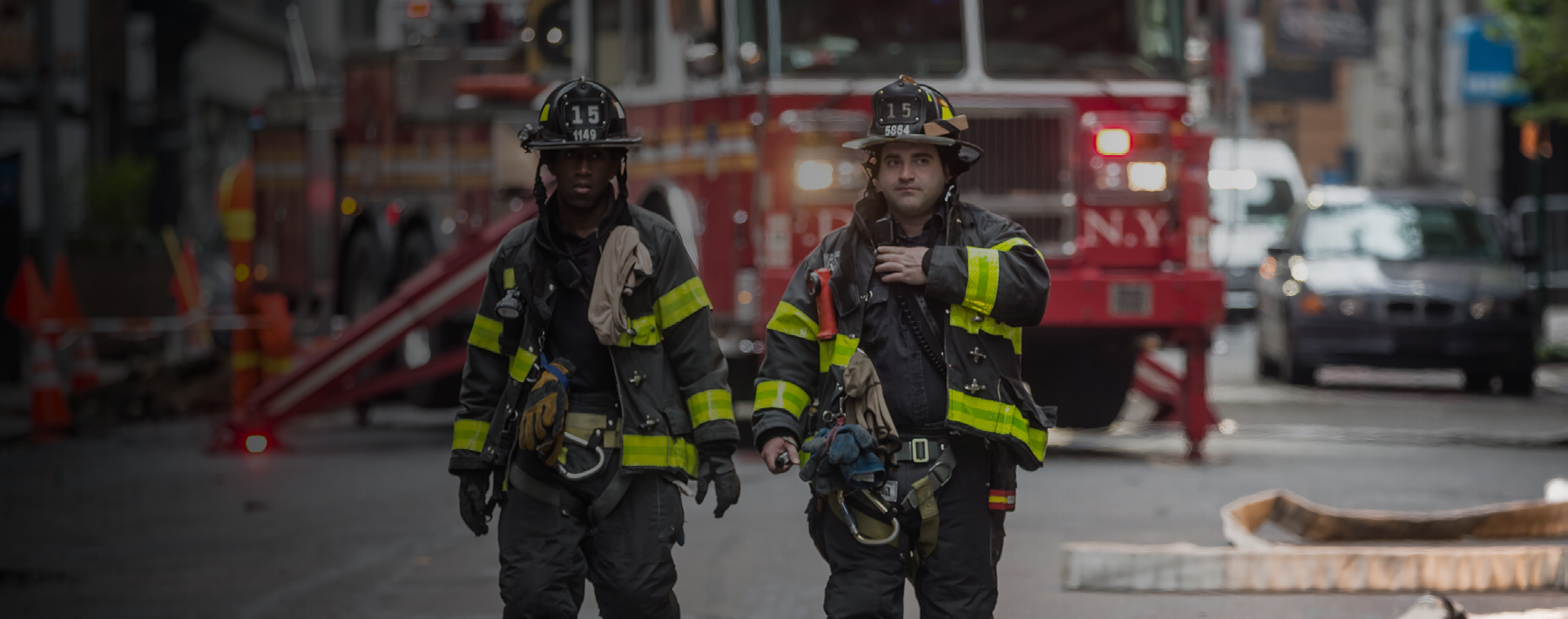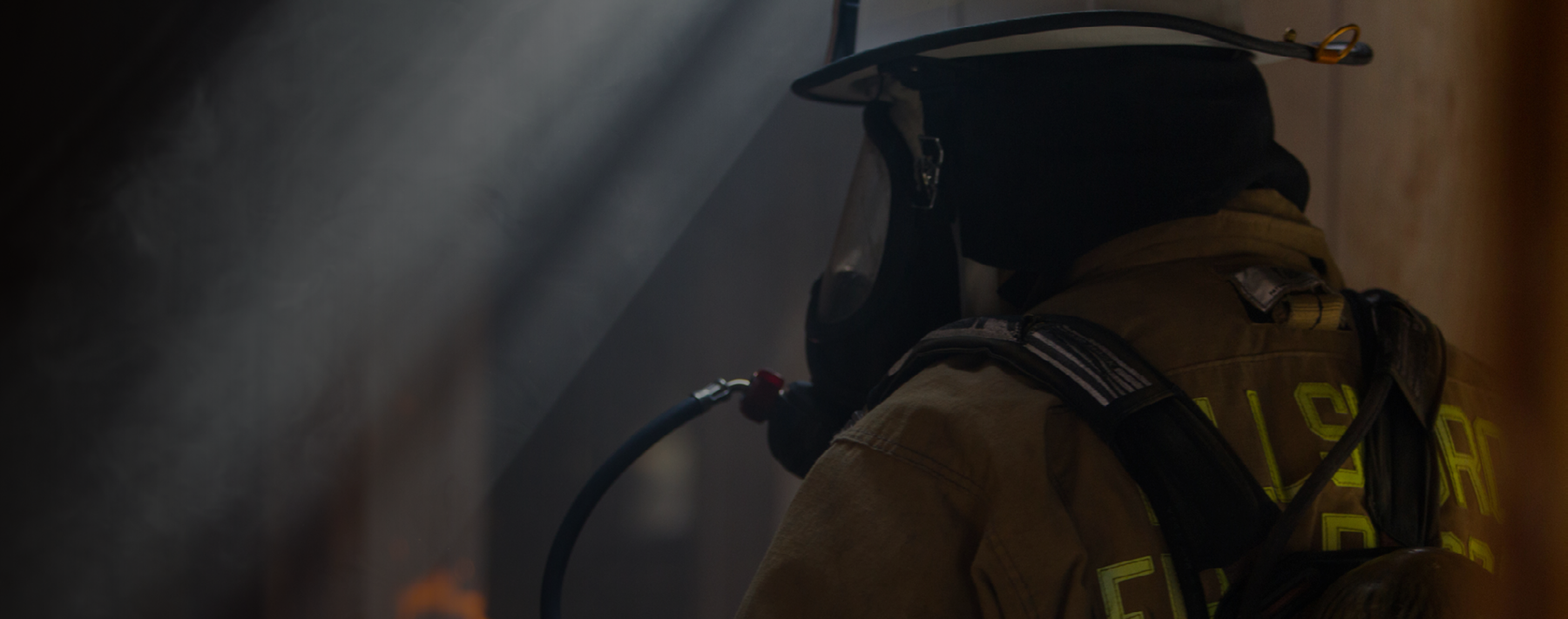As fire service professionals, our job is to protect our communities. When we think about protection, what first comes to mind is the role we play in responding to emergencies. Whether it’s a fire, an extrication or a medical call, we protect lives and property through our response.
But protecting our community is by no means limited to emergency response. As you well know, protection begins with education and prevention—actions taken long before any fire or accident occurs. Whether it’s teaching kids about what to do during a fire, conducting blood pressure screenings, encouraging families to create a disaster plan or installing smoke alarms, we actually have a much greater impact in terms of lives saved and property preserved than we do when responding to calls.
But herein lies the problem: Just as we think of ourselves as firefighters, not “community protection specialists,” the public is often unaware of the valuable role we play beyond emergency response. And that’s not good because the average citizen’s perception of our occupation has significantly changed—I’m sorry to say, not for the better.
Many individuals, watchdog organizations, political leaders and others believe firefighters are overpaid. In their minds, our pensions are the reason state economies are crippled, and a growing trend of entitled behavior such as sick-time abuse and fire station misconduct is doing nothing to change that perception. Just watch your local news.
But you and I know that our firefighters are hard-working, important assets to the community, right? So how do we communicate that? Like any business, we need to “market” our department to the communities we serve.
Why Marketing?
Marketing is simply another prevention and education activity. When we market to the community, a couple of important things happen. Whether they realize it or not, your firefighters are marketing for the department every time they make a public safety presentation at a school, local event or other venue. If you increase these efforts, the first outcome—and the most important—is that you reduce or mitigate hazards and prevent emergencies from actually happening.
Additionally, marketing helps promote to the public our responsibilities and what we actually do—which in turn builds support. Educating them shows them we do more than sit around, work out, eat and respond to calls. We do a multitude of things: training, prevention, inspections, equipment maintenance, disaster preparation, public safety presentations. We need to promote what we do more so citizens truly understand the role we play and any negative perceptions they have about firefighters diminish or at least fade.
Marketing How-To
Marketing your agency is really easy and can even be fun with a few simple steps.
- Reach out to the media. Get to know the news writers and editors of your local newspapers, community websites, cable TV and news stations. Does your organization have a Media Relations policy? If so, this is a good time to review and update it if necessary. And if not, consider putting one into place. Working with the media isn’t just about accommodating them on scene. Instead, you should be engaging with them whenever you hold or sponsor events in the community. They can spread the word faster than you ever can.
- Use holidays and other seasonal events to your advantage. Is your station planning a toy drive for the upcoming holidays, or providing food assistance? How about providing holiday safety tips? Decorating and cooking safety make great educational topics. If you have a swiftwater risk in your community, use the spring as an opportunity to spread the “Turn around, don’t drown!” message. Summer is a great time to remind families about pool safety. The list goes on—but just remember, publicize your message through the media to give it even greater reach.
- Consider adopting a different theme each month and arranging events around it. January makes for great New Year’s safety information and February is Healthy Heart Awareness month. Senior citizen groups and community centers would love to hear you talk about how to stay heart healthy—and get a free blood pressure screening while they’re at it. Develop a calendar for 2016 now.
- Invite them in. You don’t always have to go out to the public to make an impact. Instead, invite local service clubs to the station for lunch, and ask the news media to attend training activities or special events. Does your agency have a Ride-Along policy? How about a Community Fire Station Visitation policy? Establishing these policies can set important parameters around interaction with the public while also making clear that your organization welcomes such interaction.
It’s important to let the public know what we are doing. If we don’t, they’ll draw conclusions based on hearsay and rumors. And most of the time that does not work in our favor!
Marketing your agency is as important as any other component of your job. And the best part? You can change the public’s perception of your department while you’re helping them. That’s a business proposal you can’t refuse!



